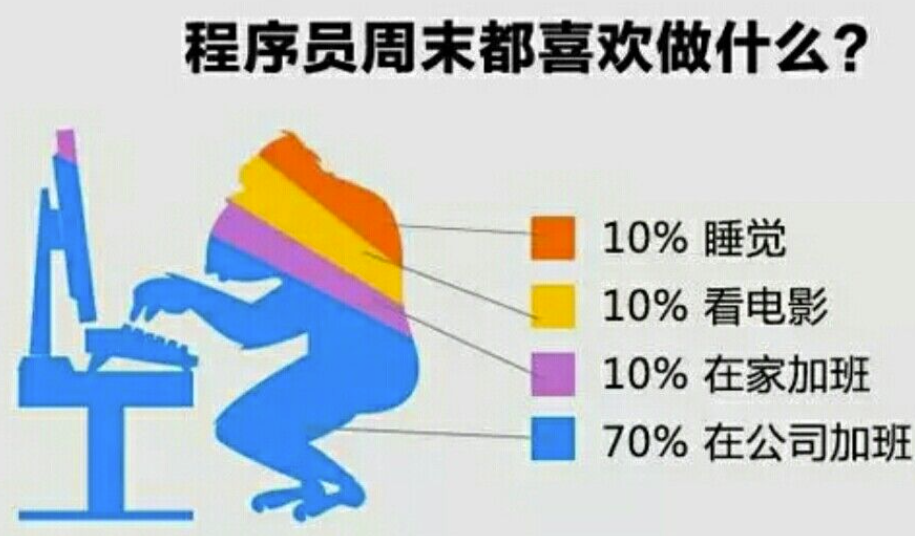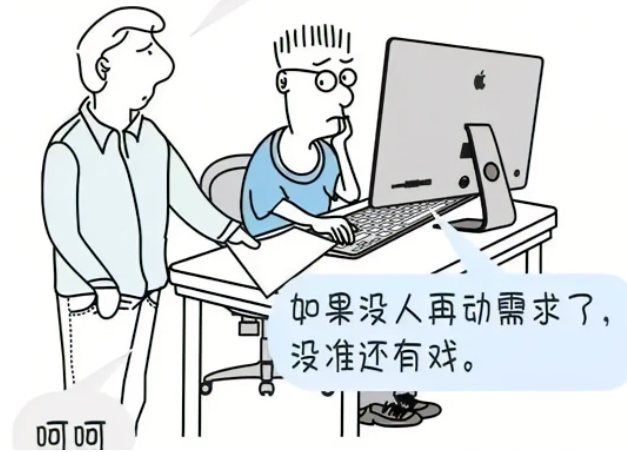Understanding the Presentation of a Neck Lump in Jack
When a patient like Jack presents with a lump in the neck, especially at his age, it is important to approach the situation methodically to rule out serious conditions such as thyroid cancer and determine the underlying cause of the lump. As a pathologist, my role would primarily involve diagnostic workup rather than direct patient management; however, I can outline the essential steps involved in diagnosing and understanding Jack’s condition.
Steps to Diagnose the Cause of the Lump
Clinical Evaluation:
- Information Provided: A thorough history and physical examination are vital initial steps. The history would include asking about the duration of the lump, associated symptoms (e.g., pain, changes in voice, weight loss), any previous thyroid disorders or family history of thyroid disease or cancer, exposure to radiation, and general health.
- This evaluation helps assess risk factors for malignancy and guides further investigation.
Imaging Studies:
- Ultrasound Examination: An ultrasound of the neck would provide information on size, shape, echogenicity (appearance) of the lump, and whether there are lymph nodes that appear suspicious.
- Information Provided: This imaging study will help differentiate between solid masses versus cystic lesions (fluid-filled) and evaluate characteristics suggestive of malignancy (e.g., microcalcifications).
Fine Needle Aspiration Biopsy (FNAB):
- Information Provided: FNAB allows for cytological analysis of cells from the lump. It provides crucial information about cellular morphology which aids in distinguishing benign from malignant lesions.
- The result can classify lesions as benign (e.g., follicular adenoma) or suspicious/malignant (e.g., papillary or follicular carcinoma).
Histopathological Examination:
- If surgery is indicated based on FNAB results or if there is a need for definitive diagnosis after excision, histopathology becomes crucial.
- Information Provided: A detailed microscopic examination can confirm diagnoses made via FNAB or reveal new information regarding tumor type, grading, invasion patterns.
Additional Tests:
- Depending on findings from above tests—like serum Thyroid-Stimulating Hormone (TSH) levels—to understand functional status (hyperthyroidism vs hypothyroidism).
- Genetic testing may be warranted if certain types of neoplasia are suspected.
Neoplastic vs Non-neoplastic Assessment
To determine if Jack’s presentation indicates a neoplastic process:
- If FNAB shows atypical cells or features consistent with malignancy (such as nuclear atypia), this suggests neoplasia.
- Benign conditions such as Hashimoto’s thyroiditis or simple goiter may show characteristic inflammatory changes without atypical cells during cytology.
- The imaging characteristics also play a pivotal role—malignant nodules often present with irregular borders and increased vascularity compared to benign ones.
Management After Diagnosis
Once a diagnosis is established:
If Malignant Lesion Confirmed:
- Surgical referral for total/partial thyroidectomy based on tumor type and staging.
- Discussion regarding radioactive iodine treatment post-surgery depending on pathology results for differentiated thyroid cancers.
If Benign Lesion Confirmed:
- Discuss conservative management including surveillance with regular follow-up ultrasounds unless symptomatic growth occurs.
Patient Counseling:
- Educate Jack regarding his diagnosis regardless of being malignant or benign—including prognosis associated with each type—and management plan tailored accordingly.
Supportive Care & Follow-Up:
- Arrange ongoing support through endocrinology services if needed—particularly critical in cases requiring long-term management after thyroidectomy like hormone replacement therapy.
In conclusion, although self-diagnosis via internet search could lead patients to suspect serious conditions prematurely due to anxiety about lumps—through systematic investigation involving clinical assessment, imaging studies, biopsies when necessary—we can accurately identify both neoplastic and non-neoplastic causes leading towards appropriate management pathways tailored to patient needs while providing reassurance where possible.
内容由零声教学AI助手提供,问题来源于学员提问





















